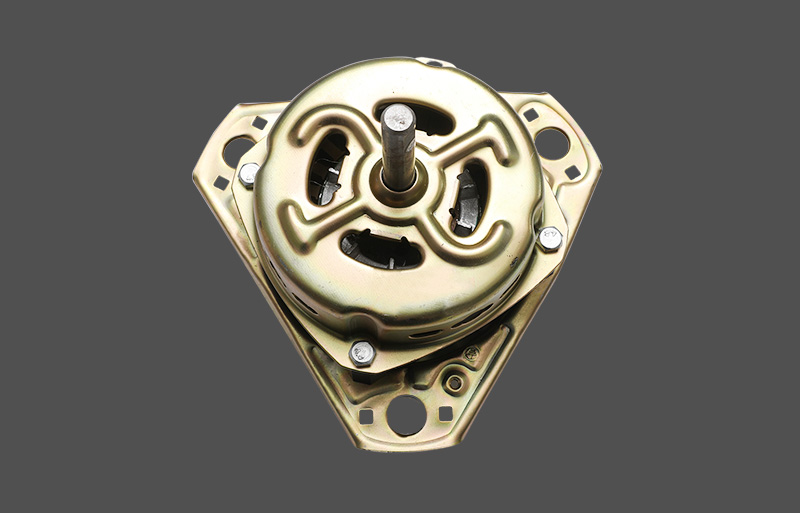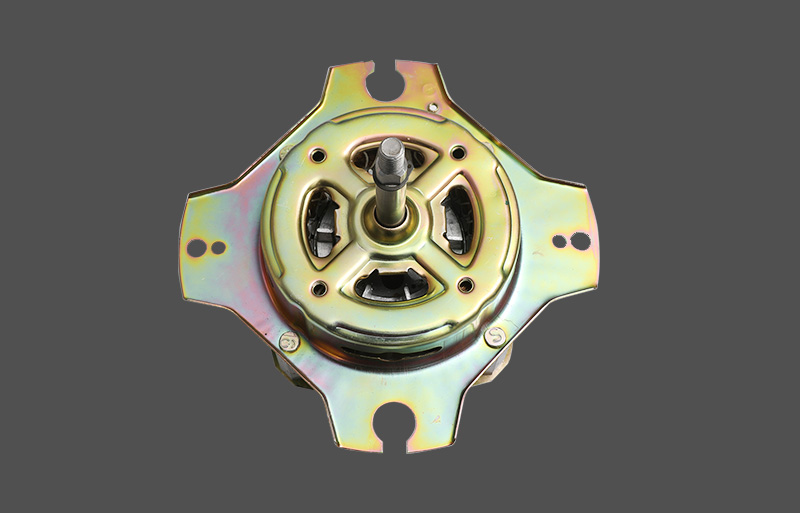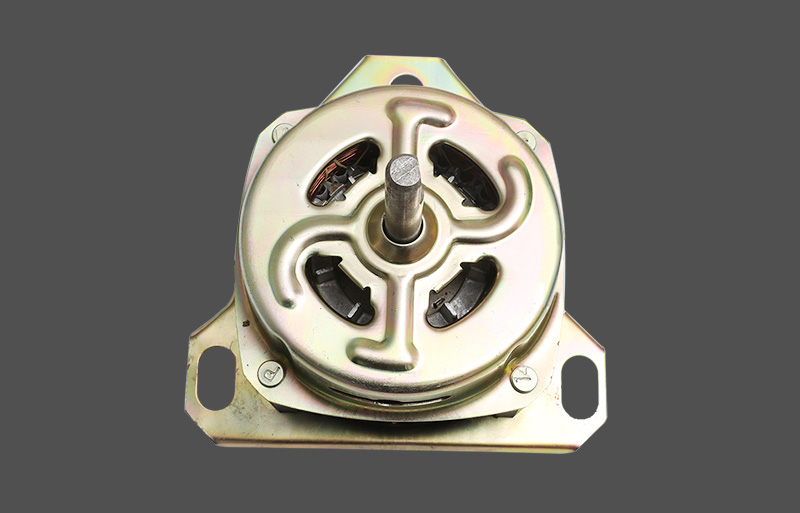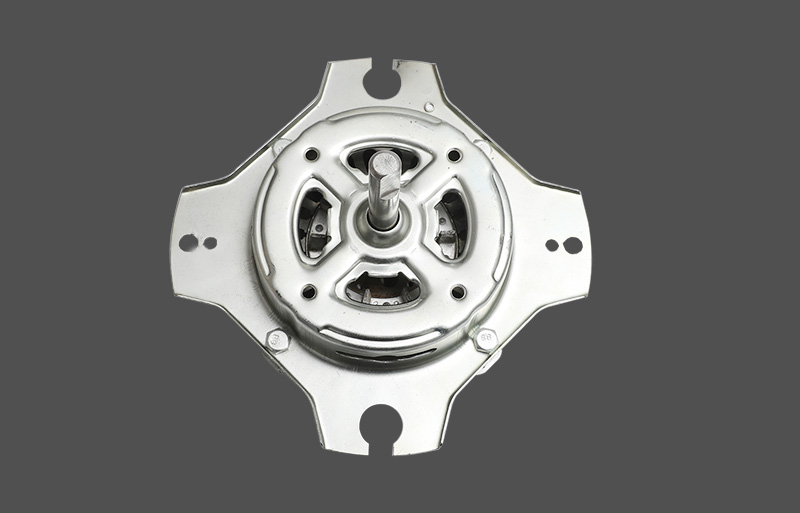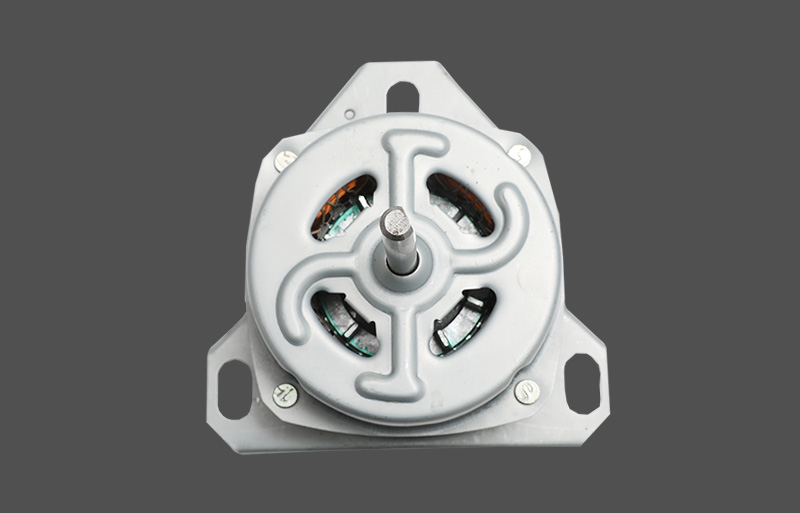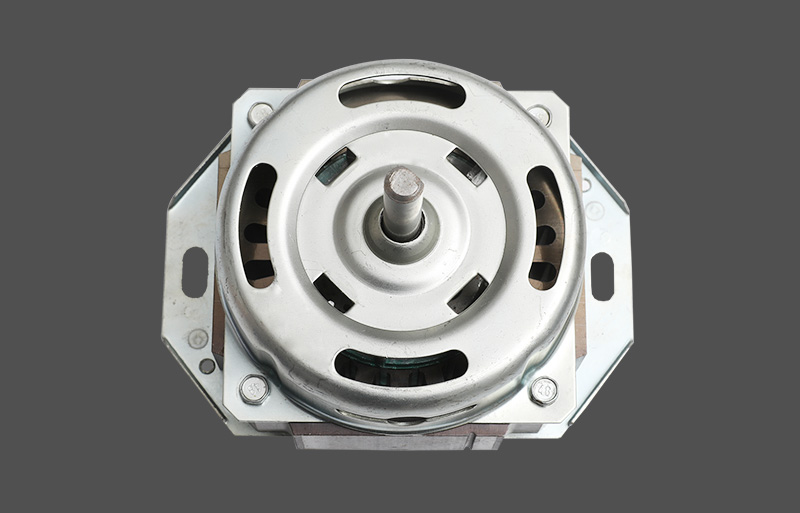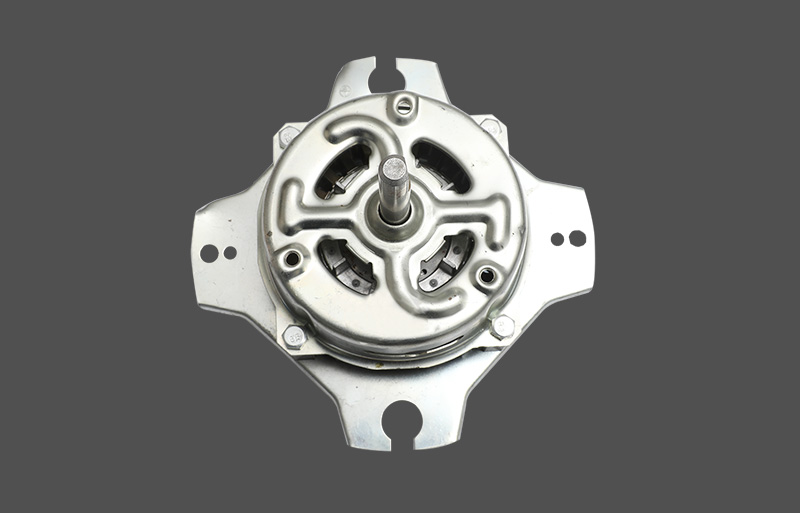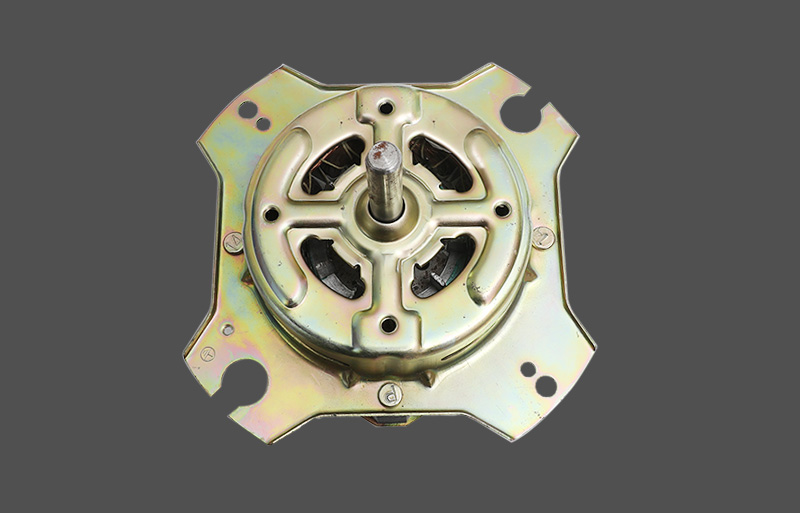Exhaust fans play an indispensable role in modern residential and industrial environments. Not only can they effectively eliminate carbon monoxide, odors and moisture from indoors, they also significantly improve the air quality of living and working environments. In order to ensure the efficient and continuous operation of the exhaust fan, regular maintenance and upkeep is particularly important.
Safety is the primary consideration before undertaking any maintenance work. Always make sure the power to the exhaust fan is turned off and unplugged to prevent the risk of electric shock. If the exhaust fan is installed high up or in a hard-to-reach location, it is recommended to use a suitable ladder or scaffolding and ensure the safety of the work area.
Inspection of electrical circuits and motors is a critical step in professional maintenance. Use a multimeter to check the exhaust fan circuit and motor status. First, a "mechanical zero adjustment" is required to ensure that the multimeter pointer returns to the zero voltage or zero current position. Next, select the resistance range, usually starting from the low range (such as RX1K or RX10K), check the connection of the power line, switch line and motor line, and observe the reading. If the reading shows infinity, there may be an open circuit; if the reading is smaller, there may be a short circuit. At the same time, the resistance of the motor needs to be measured, and the normal value should be within a specific range. If the resistance value is abnormal, it may indicate that the motor is faulty and requires professional repair or replacement.
The lubrication of the motor shaft is also a part of maintenance that cannot be ignored. After the motor runs for a long time, the bearings will wear out, causing the speed to drop. In order to extend the service life of the motor and improve operating efficiency, it is necessary to regularly add lubricating oil to the motor shaft. Before applying lubricant, be sure to clean the motor shaft surface to prevent impurities from entering.
The exhaust fan will vibrate during operation, which may cause screws and accessories to gradually loosen. Therefore, it is crucial to check and tighten these screws and fittings regularly using a screwdriver. Ensuring that all components are stable can not only improve the operational stability of the fan, but also effectively reduce the risk of noise and failure caused by looseness.
Over time, a large amount of dust and grease will accumulate on the blades and grille of the exhaust fan. This not only affects the appearance, but also reduces the heat dissipation effect and exhaust efficiency. Regular cleaning of these parts with a soft-bristled brush or vacuum cleaner is necessary. During the cleaning process, special care is required to avoid damage to the surface of the blades and grille.
As an important part of the exhaust fan, the exhaust duct is responsible for effectively discharging indoor air. However, after long-term use, dust, grease or other debris may accumulate inside the pipe, causing poor exhaust. Therefore, it is important to check and clean your exhaust ducts regularly. During the cleaning process, care must be taken to avoid damaging the inner walls and connections of the pipes to ensure efficient operation of the exhaust system




